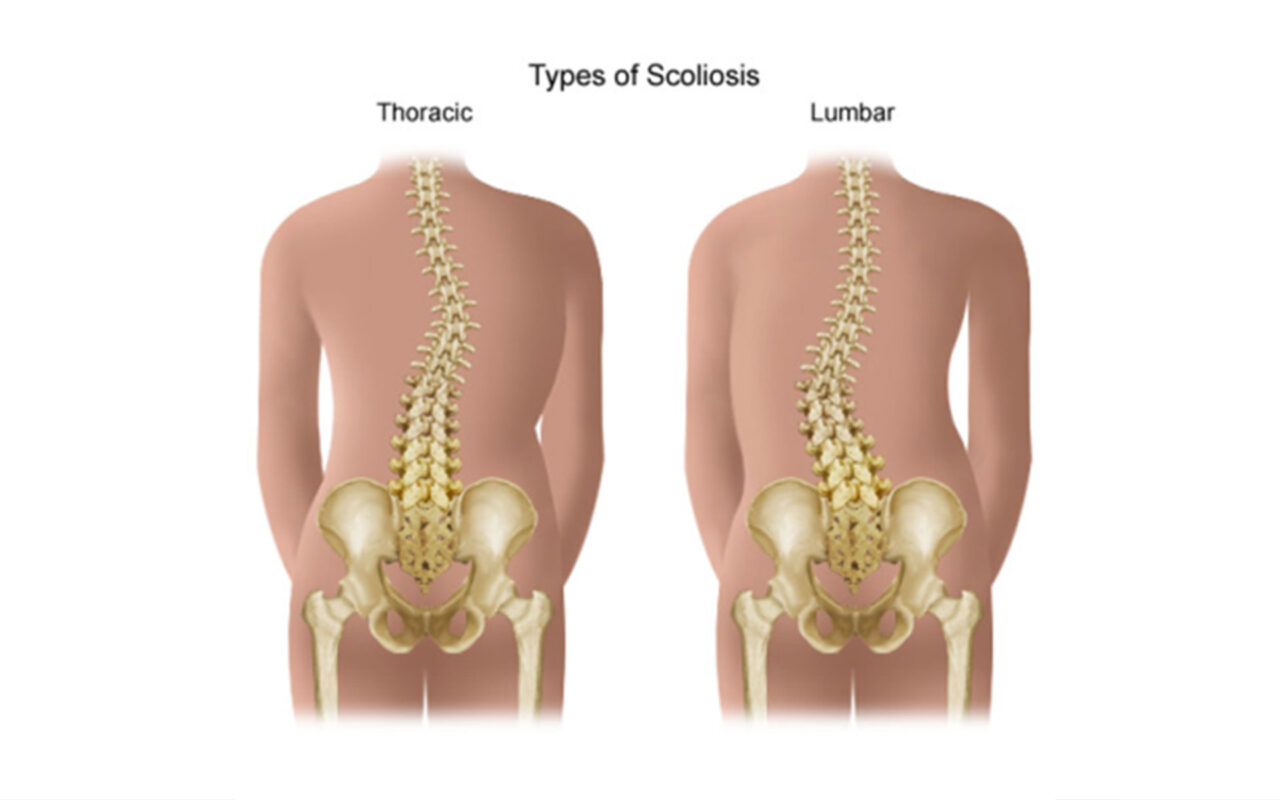脊柱側湾症は、背骨の異常な湾曲を特徴とする病状で、思春期に診断されることがほとんどです。脊柱側弯症の程度や種類は、個人の労働能力に影響を与える可能性があり、支障の少ない軽度のケースから、大きな配慮を必要とする重度のケースまで様々です。

脊柱側湾症の種類と重症度:雇用への影響
脊柱側湾症は、特発性(原因不明)、先天性(生まれつきある)、神経筋性(脳性麻痺などに伴う)の3種類に分類される。重症度は、湾曲の程度を示すコブ角で測定される。脊柱側弯症の種類と重症度によって、雇用への影響が異なり、便宜を図ったり、サポートが必要になったりする。
医学的アドバイスを求める医療従事者への相談
整形外科医や理学療法士などの医療専門家に相談することは、職場で脊柱側弯症を管理する上で非常に重要である。これらの専門家は、重症度を評価し、治療法を勧め、便宜を図ることを提案する。定期的な検診を受けることで、効果的な管理と職場の要求への適応が保証される。
脊柱側弯症の適応と職場の修正
雇用主は、脊柱側湾症の従業員に対して合理的な配慮を提供する法的義務がある。人間工学に基づいた椅子、調節可能なデスク、フレキシブルな勤務スケジュールなどが一般的な修正例です。従業員との対話プロセスに参加することは、従業員のニーズをサポートするために最も適した調整を決定するのに役立ちます。
人間工学と脊柱側湾症人間工学と脊柱側弯症
脊柱側湾症の人にとって、適切な人間工学は不可欠である。ランバーサポート、フットレスト、モニタースタンドを備えた調節可能な椅子は、痛みを軽減し、快適さを向上させます。また、人間工学に基づいたキーボードやマウスは、手や手首の負担を軽減し、職場全体の快適性を高めます。

脊柱側湾症の方のための補助器具と用具
脊柱側弯症の人は、背中の装具、腰椎ロール、クッションなどの補助器具を使用することで、仕事中により快適に症状を管理することができます。これらの器具は、サポートとなり、痛みを和らげ、仕事中も脊椎のアライメントを改善します。
理学療法と運動:職場における脊柱側湾症の管理
理学療法と運動を日課に取り入れることは、脊柱側湾症を管理する上で極めて重要である。個人に合わせた運動プログラムは、姿勢と筋力を改善することができる。仕事中に簡単なエクササイズやストレッチをすることで、緊張をほぐし、脊柱のアライメントを改善することができます。

職場における脊柱側湾症の疼痛管理戦略
効果的な疼痛管理法としては、温熱療法や冷却療法、市販薬、リラクゼーション法などがある。鍼治療やカイロプラクティックのような代替療法も、痛みを和らげることができる。適切なサポートのためには、医療提供者や雇用者と痛みのレベルについてオープンなコミュニケーションをとることが不可欠である。
メンタルヘルスと情緒的健康:職場での脊柱側湾症への対応
脊柱側湾症はメンタルヘルスに影響を与え、自意識過剰、不安、うつ病を引き起こす可能性があります。雇用主は、従業員支援プログラム、柔軟な取り決め、理解ある風土を通じて、精神的な健康をサポートすることができる。サポートグループやオンラインコミュニティも、貴重な精神的サポートを提供することができる。
情報開示とコミュニケーション雇用主や同僚との対話
雇用主や同僚に脊柱側湾症を公表することは、個人的な決断ではあるが、理解と支援を促進することができる。脊柱側弯症が仕事にどのような影響を与えるのか、また、どのような配慮が必要なのかを明確に伝えることで、より働きやすい職場環境を作ることができます。
脊柱側湾症の従業員の法的権利と保護
脊柱側湾症の従業員は、機会均等と合理的配慮を保証するアメリカ障害者法(ADA)などの法律で保護されています。雇用主は、適切な変更を決定し、差別に対する従業員の権利を保護するために、双方向のプロセスに参加しなければなりません。
サクセスストーリー脊柱側湾症を抱えながら職場で活躍する人たちを鼓舞する
脊柱側弯症を持つ人の多くは、困難にもかかわらず仕事上の成功を収めている。例えば、マーケティング担当重役のエイミー・スミスは、人間工学に基づいた設備とフレキシブルな勤務時間により、優れた業績を残した。同様に、ソフトウェア・エンジニアのジョン・デイビスは、調節可能なデスクと定期的な運動休憩により、成功したキャリアを維持している。
結論として、脊柱側弯症の人は、適切な戦略と配慮があれば、職場で活躍することができる。医学的なアドバイスを受けること、職場環境を改善すること、痛みを管理すること、精神的な健康を重視することは、困難を克服し、仕事上の成功を収めるための鍵となります。雇用主は、支援的で包括的な職場環境を育成する上で重要な役割を担っています。
参考文献
- Lee,K.「脊柱側湾症の従業員に対する職場適応の成功例」。Work and Employment Relations.2017;51(1):98-110. doi: 10.1080/0143833X.2017.1289322.
- ワインスタイン、S.L.「脊柱側湾症」。The New England Journal of Medicine.2013;368:854-862。
- Osterman, A. L. 「人間工学と筋骨格系障害」。Occupational Medicine Clinics of North America.2018;32(2):233-247. doi: 10.1016/j.ocl.2018.01.005
- Dogan, A. 「脊柱側湾症管理における理学療法の役割」。Physiotherapy Research International.2014;19(4):222-232。
- Hresko, M. T. 「脊柱側弯症の外科的管理」。Orthopaedic Clinics of North America.2016;47(2):233-246. doi: 10.1016/j.ocl.2015.11.002.
- Min,D.「脊柱側弯症の職場適応」。Journal of Occupational Rehabilitation.2017;27(2):325-334. doi: 10.1007/s10926-017-9711-0
- Schmidt, A. 「脊椎疾患のための補助器具」。Journal of Rehabilitation Research and Development.2015;52(3):297-308. doi: 10.1682/JRRD.2014.08.0190.
- クリーブランド、M. 「職場における人間工学:脊椎の健康のための調整」。American Journal of Lifestyle Medicine.2019;13(6):607-615. doi: 10.1177/1559827618825360
- ジャクソン、D. A. 「脊柱側湾症が仕事とメンタルヘルスに与える影響」。Journal of Occupational Health Psychology.2020;25(1):20-32。
- ブラウン、T. 「障害を持つ従業員の法的保護」。Disability and Health Journal.2018;11(2):186-194. doi: 10.1016/j.dhjo.2017.08.007.

